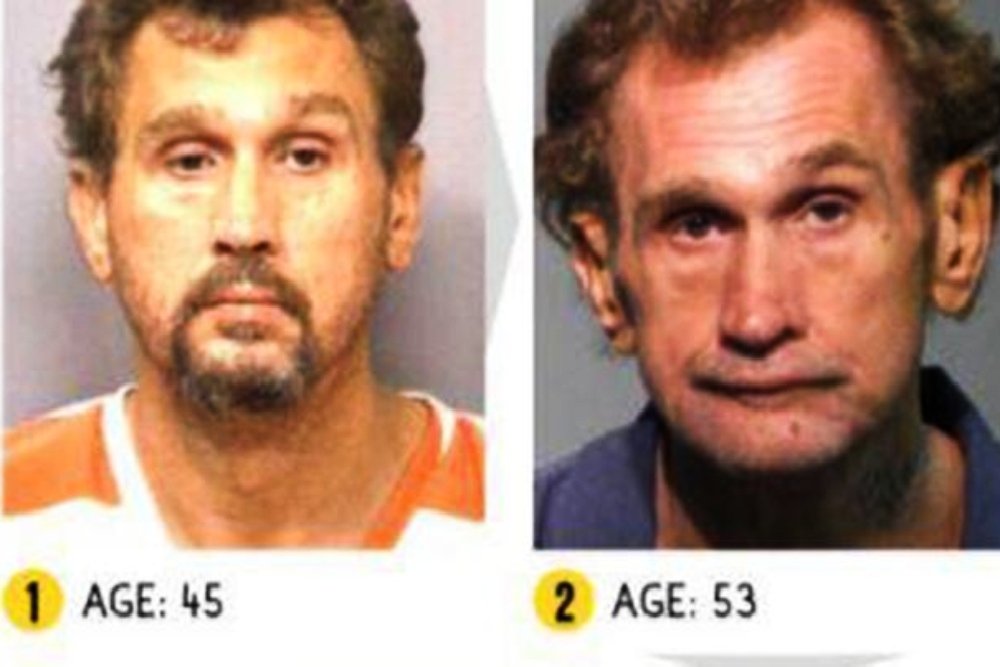In history, addiction to drug and its devastating effect on humanity have been described for many centuries. It has been reported that 36 million people are addicted to drugs. In this blog let me enlighten the audience with pharmacological entities of commonly abused drugs, the physiology of drug action in the brain and the social degradation of communities. I shall also touch upon government position on cultivating and exporting the drugs world wide and the penalties metered out for drug related offences.
The habit of drug abuse changes to drug addiction, when one gets withdrawal symptoms. The common drugs/substance abuse leading to addiction are Alcohol, Tobacco, Cannabis (Marijuana), Benzodiazepine group of drugs, opium/heroin, Methamphetamine, Cocaine, Dexedrine, and Ecstasy (MDMA). The routes of administration are oral, sniffing through nasal passage, Injection IM or IV, smoking and rectal. All the above drugs basically work on brain giving the abuser a sense of pleasure for a period of time. Drugs of addiction and alcohol are capable of changing the behaviour pattern of the abuser.
These drugs interact with limbic system in the brain to release endorphin peptides like dopamine. Limbic system includes hippocampus, amygdala, cingulate gyrus, and pre-frontal cortex. Limbic system is involved in reward, prediction, pleasure, cognitive function, motivation, learning and memory. Some drugs like LSD mimic dopamine, which act as neurotransmitter. Once there is an abundance of neurotransmitter, the threshold for it to give pleasure sensation increases, thereby the abuser takes more and more drugs to achieve the same level of pleasure. If the timely intake of drugs of abuse is affected there will be a block in the synaptic neuron-transmission, creating withdrawal symptoms.
Why people start using drugs in the first place? I remember my mother telling a tragic story of her uncle taking opium for tooth ache, got addicted and died of its toxicity. Teenagers take up smoking due to peer pressure, social glorification and boredom. People with depression and insomnia start on small dose of benzodiazepines and people with pain start on opioids. As the effect wears off they slowly increase the dose. Brothel runners keep their sex workers in the profession by making them addicted to drugs. People with suicidal tendencies, and emotional trauma such as Post Traumatic Stress Disorder (PTSD) are more prone to get addicted to drugs.
The catastrophic effect of Drug addiction does not limit to the perpetrator. It dissipates the family and social life, destroys the fabric of the society. To feed the drug taking habit, compels the person to various crimes such as burglary, robbery, shop lifting and enslaving oneself. Sharing needles and illicit sex activities spread diseases to others. It has been reported that overall drug/substance abuse costs the United States more than $740 billion a year in terms of health care, work productivity and crime.
Western
countries like UK adopt a softly softly approach towards the social
evil. I often find the spent silver canisters of nitrous oxide on the
pavement. These are inhaled to derive transient pleasure feeling.The
government help the drug addicts to get free syringes and needles and
provide a secured place to administer the drugs. Liberal countries like
Netherland have legalised the use of cannabis and is freely available in
‘coffee shops’. Liberals in the UK demand cannabis, an hallucinogenic
drug to be legalised. A lot of pharmaceutical companies who make
ingredients from cannabis leaves, thrive claiming that these have a medicinal effect
to alleviate spasm and pain.
When
we look back in history, we find that the British controlled the
Chinese people by making them addicted to opium in the 18th century. For
which, the British East India Company established a monopoly on opium
cultivation in Bengal. No wonder in most South East Asian countries
including People’s Republic of China made drug related crimes
punishable by death penalty. In 32 countries worldwide, including the
US, capital punishment is the legal norm for drug trafficking and
possession of drugs.
Most
days, we listen to news about illegal drug/substance related crimes.
Countries like Mexico, Colombia, Afghanistan,Peru, Myanmar and Nigeria
are involved in the cultivation and facilitating the supply of opium and cannabis. Their government seldom take action against such activity. Sicily is an
autonomous region of Italy where the mafias running the illegal drug trade were a nightmare for the Italian government. Mafias are organised criminal gangs which have roots in the US and South American countries. Since drug trafficking is a
crime, the proceeds of the crime is black money, requiring the money to
be laundered. Once the notorious Pablo Escobar was wielding power in
Colombia through the money laundering business. A parallel economy in a
country can dictate terms in the running of a country or worse, black money can buy
democracy.
In
my clinical practice I have come across patients with drug/alcohol/substance addiction.I have seen people from the higher strata of society seeking
help to procure drugs or wean from them. ‘Cold Turkey Syndrome’
consists of restlessness, sweating, irritability, anorexia and fatigue
are due to opioid withdrawal symptoms. Dependency on drugs,alcohol and
tobacco smoking are weaned off through a tapering drug regime. But at
least 50% who had the treatment will restart, joking that “I stopped it
to restart again”. While I was working in prisons, managing withdrawal
symptoms was one of the most common reasons for the prisoners to see a
medical doctor. Drug availability in the prison is facilitated by
unscrupulous prison officers.
Analysing
the incidence of drug/alcohol addiction, the incidence is the highest in
Europe, and by country wise the UK tops the addiction list of countries. In my view, the approach of the government is not tough enough to deter
youngsters taking up drug abuse. Adolescence represents a period of
unique vulnerability for developing an addiction, therefore the
government should ‘strike while the iron is hot’. The International
Day against Drug Abuse and Illicit Trafficking falls every year on 26th
June. Let the government do something realistic on that day.

.jpg)
Comment Form